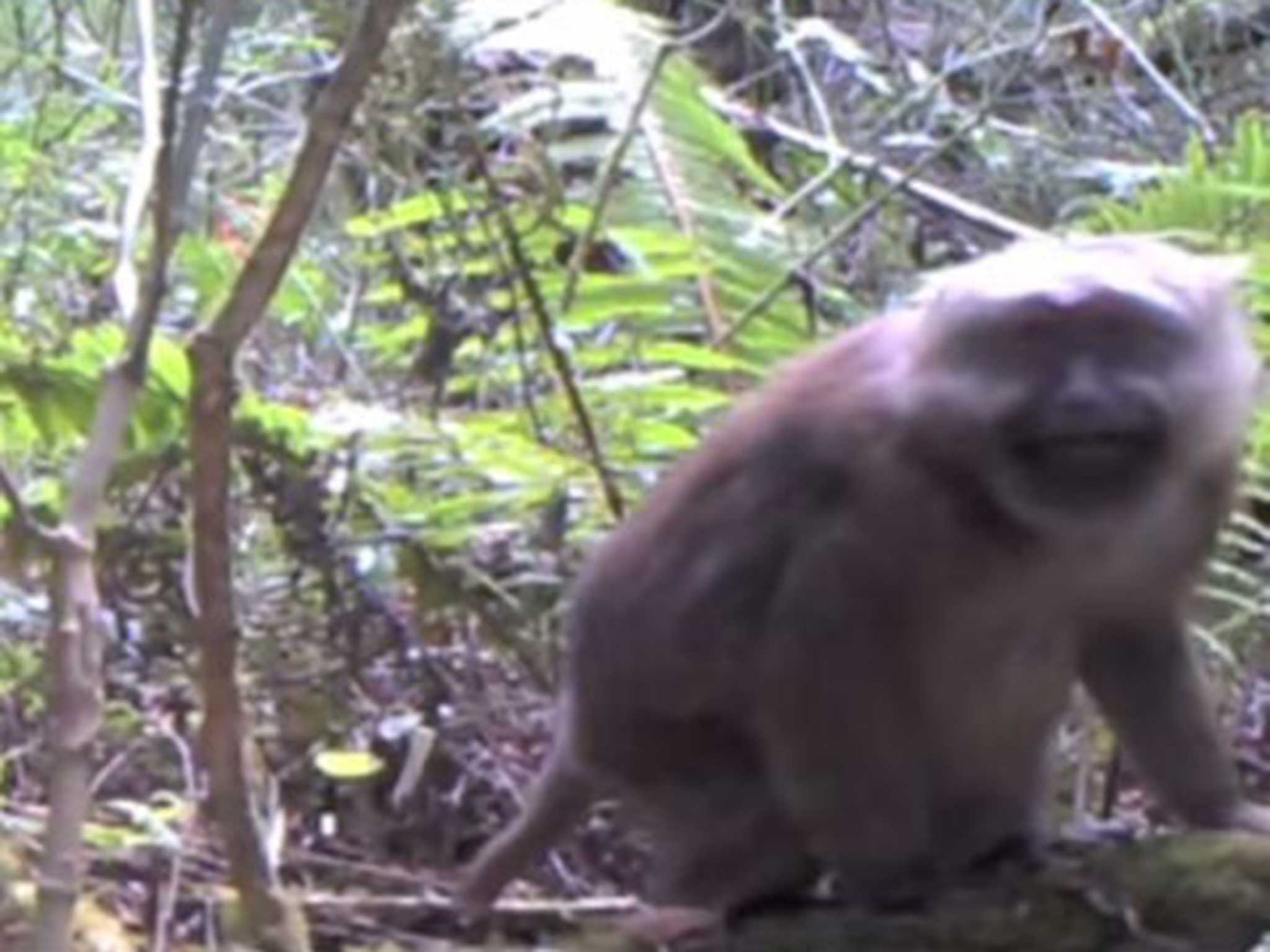New monkey discovered by scientists - who noticed its unique penis
The white-cheeked macaque is distinguishable from the other four macaque species by its rounded glans penis

Your support helps us to tell the story
From reproductive rights to climate change to Big Tech, The Independent is on the ground when the story is developing. Whether it's investigating the financials of Elon Musk's pro-Trump PAC or producing our latest documentary, 'The A Word', which shines a light on the American women fighting for reproductive rights, we know how important it is to parse out the facts from the messaging.
At such a critical moment in US history, we need reporters on the ground. Your donation allows us to keep sending journalists to speak to both sides of the story.
The Independent is trusted by Americans across the entire political spectrum. And unlike many other quality news outlets, we choose not to lock Americans out of our reporting and analysis with paywalls. We believe quality journalism should be available to everyone, paid for by those who can afford it.
Your support makes all the difference.It’s an unspoken rule of penis etiquette that you shouldn’t stare – but new research suggests that with one species it would be appropriate to throw the rule-book out of the window and take a good, long look at their member.
Meet the world’s newest monkey, the white-cheeked macaque – or Macaca leucogenys - which has just been discovered in the Tibetan state of Modog.
It is distinguishable from the other four macaque species by its rounded glans penis and a dark, hairy scrotum. The other macaque species have spear-shaped glans penis’ and white scrotums.
The newest addition to the macque family also differs from the others in that it has thick, long hair around its neck.
The macaque forages in a wide range of habitats, including tropical, broad-leaf and conifer forests, according to the researchers who identified it.
The state of Modog is tremendously varied, taking in low-lying grasslands and alpine meadows, as well as tropical and evergreen forests, while the region is isolation. As a result, the discovery of a new type of macaque in the state has raised hopes that the area could be host to other undiscovered species.
“The forest in Modog is like a nature library, and we know very little about it. Discovery of the new macaque species suggests that there may be some species that still remain undiscovered in this area,” Chao Zhao, a researcher at Dail University’s Institute of Eastern-Himalaya Biodiversity Research, who worked on the study, told New Scientist magazine.
His team took 738 photographs of macaques by set up camera traps in four Tibetan gorges and compared them with photos of known species. It was then they discovered a species with a different form and structure – or morphology - to the others.
“Our photos clearly showed some morphological differences between the new species and other known species,” said co-author Peng-Fei Fan, also at Dali University.
The study has been published in the American Journal of Primatology.
Paul Garber, editor of the journal, is also hopeful that further new species can be identified in Modog, for political as well as environmental reasons.
“It is an area where there’s been very little scientific exploration, partly because of political conflicts,” Mr Garber said.
The research noted the newly-discovered white-cheeked macaques are already under threat, from hunting carried out by local tribes as well as construction planned for the region.
“Construction of hydropower stations would result in destroying and flooding extensive areas of forests along the rivers, the potential habitat for white-cheeked macaques.,” the report said.
“The immigration of a large number of people into the area to construct the hydropower stations also will result in an increase in the bushmeat trade, deforestation, new roads and the construction of housing for workers – all of which will have a negative impact on white-cheeked macaque conservation,” the report added.
Join our commenting forum
Join thought-provoking conversations, follow other Independent readers and see their replies
Comments